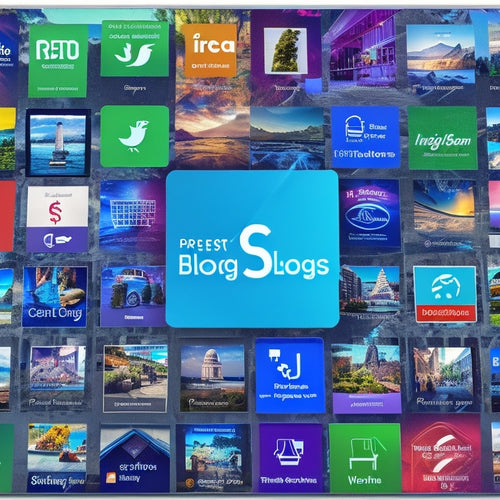
SEO Success for Shopify: A Quick Guide
Share
Introduction for SEO article
In today's digital landscape, having a strong online presence is crucial for businesses of all sizes. And for Shopify store owners, search engine optimization (SEO) is the key to unlocking more organic traffic and boosting sales. This comprehensive guide will provide you with a quick and easy-to-follow blueprint for SEO success, empowering you to elevate your Shopify store's visibility, attract more customers, and drive more revenue.Common SEO Challenges and Solutions for Shopify Stores
Many Shopify store owners face common SEO challenges, ranging from keyword optimization to content creation. Let's delve into these challenges and provide practical solutions to help you overcome them:- Challenge: Optimizing product pages for relevant keywords
- Solution: Conduct thorough keyword research, including long-tail keywords, and incorporate them into your product titles, descriptions, and image alt text.
- Challenge: Creating high-quality content that engages customers
- Solution: Develop informative and compelling product descriptions, blog posts, and landing pages that provide value to your target audience.
- Challenge: Building backlinks to improve website authority
- Solution: Reach out to other businesses in your industry for guest blogging opportunities, participate in relevant online forums, and submit your site to high-quality directories.
Step-by-Step SEO Blueprint for Shopify Success
Follow these steps to implement a successful SEO strategy for your Shopify store:Step 1: Keyword Research and Optimization
* Identify relevant keywords using Google Keyword Planner or other keyword research tools. * Focus on long-tail keywords that are more specific and have lower competition. * Optimize your product pages, blog posts, and other content for these keywords.Step 2: Content Creation and Optimization
* Create high-quality, original content that is informative and engaging. * Use headings, subheadings, and bullet points to improve readability and structure. * Include relevant keywords in your content, but avoid keyword stuffing.Step 3: Technical SEO
* Ensure your website loads quickly and is mobile-friendly. * Create a sitemap and submit it to Google Search Console. * Fix any broken links or errors on your website.Step 4: Off-Page SEO
* Build backlinks from reputable websites to improve your website's authority. * Use social media to promote your content and engage with customers. * Participate in online forums and discussions related to your industry.Step 5: Monitor and Analyze
* Track your website's performance using Google Analytics or other tools. * Monitor your keyword rankings and make adjustments as needed. * Analyze your traffic sources to identify opportunities for improvement.Conclusion
By following these SEO best practices, you can increase your Shopify store's visibility, attract more organic traffic, and drive more sales. Remember, SEO is an ongoing process that requires consistent effort. Stay up-to-date with the latest SEO trends and make adjustments to your strategy as needed. With a commitment to SEO, you can unlock the full potential of your Shopify store and achieve long-term success.Related Posts
-
Maximizing the Potential of Shoppable Videos on Shopify
Shoppable videos have emerged as a powerful tool for e-commerce businesses, offering the potential to engage and con...
-

5 Best Ecommerce Challenges and Their Digital Solutions
You're likely no stranger to the ecommerce challenges that can hinder your online business's success. Five pivotal is...
-

Why Are Blogs Important in Shopify
The importance of blogs in the context of Shopify is a topic of interest in the field of e-commerce. This article ai...
Liquid error (sections/main-article line 134): new_comment form must be given an article

